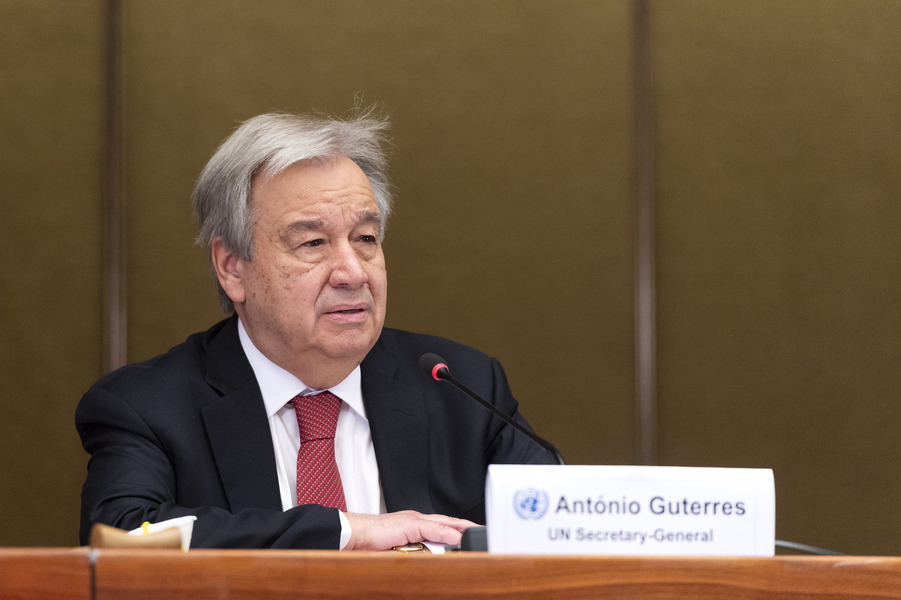Why Imminence? The Assassinations Ban and that OLC Al-Aulaqi Memo
Published by The Lawfare Institute
in Cooperation With

In other words, when the CIA and the Bush administration in the immediate wake of 9/11 confronted the problem of how to construct a finding that would not run afoul of the assassination ban, the answer was already sitting there in their laps: if they simply wrote the finding so as to limit the lethal force authorization to situations of imminent threat, then by definition they would not be authorizing assassinations (at least under the executive branch's view of the assassination ban's scope). This is, I believe, what they did: The findings, I suspect, authorized lethal force only in situations of continuing and imminent threat so as to avoid conflict with the assassination ban. If I'm right about this, it explains a number of things. First off, it explains where the notion of imminence comes from and the nature of the role it plays in the administration's legal thinking. That is, it arises out of domestic law---not out of the international law of resort to force or out of international human rights law---and it does not arise out of domestic constitutional law, either the constitutional rights of the targets or the constitutional separation of powers. This theory would also explain a number of features of the Barron memo that would otherwise be perplexing---and gives a window into what is likely in certain of the redacted sections. Most importantly, it probably explains how the Justice Department is thinking about the public authority justification for a CIA action with respect to 18 U.S.C. § 1119, as opposed to a military action. Section 1119 prohibits overseas murder of U.S. nationals, and the discussion in the memo is divided between an unredacted section on planned military operations against Al-Aulaqi and a redacted section on the contemplated CIA action. With respect to the military, Barron reasons, the public authority justification would apply because Al-Aulaqi was covered by the AUMF and his targeting would be conducted in a fashion consistent with the laws of war---so lethal force against him would thus not be an "unlawful killing" but the lawful conduct of warfare. That argument wouldn't work so smoothly, however, with respect to the CIA, since its authorization doesn't come originally from the AUMF. Instead, I imagine, the redacted section laying out why the CIA action would also be covered by the public authority justification probably runs something like this: the president authorized CIA action with a presidential finding (there may be other claimed authorizations too); it lies outside of the assassination ban because the target poses an imminent threat and the finding is limited to such circumstances; the killing is therefore a lawful act of self-defense; it is thus not an unlawful killing and is covered by the public authority justification. Restricting the finding to situations of imminent threat no doubt has a bunch of other salutary consequences legally. Because of the role imminence plays both in resort to force issues in domestic constitutional law and in international law, and because of the role it plays in restricting lethal force in human rights law, the restriction tends to harmonize (albeit imperfectly) U.S. views of its authority to kill with those of other countries. It also tends to diminish the perception of illegitimate presidential unilateralism at the domestic level, since nobody doubts the president's authority to use force to counter an imminent threat. But it's important to realize that---in all probability---this is not the legal work the concept is actually doing. The legal work, rather, is getting around the assassination ban and ensuring that CIA personnel who engage in targeted killings are not covered by the criminal statutes that prohibit murders.Since the late Clinton administration, executive branch lawyers have held that the president's inherent authority to use lethal force---under Article 2, Section 2 of the Constitution---permits an order to kill an individual enemy of the United States in self-defense.
In 1998, an interagency group led by then-Assistant Attorney General Randy Moss produced a highly classified memo of law on assassination. The group concluded that recent presidents---from Reagan in Libya to Bush in Iraq---had been needlessly cautious in ordering broad attacks against enemy headquarters if their real objective was to kill an individual leader. Because executive orders are entirely at the discretion of the president, they wrote, a president may issue contrary directives at will and need not make public that he has done so.
Under customary international law and Article 51 of the U.N. Charter, according to those familiar with the memo, taking the life of a terrorist to preempt an imminent or continuing threat of attack is analogous to self-defense against conventional attack.
That interpretation won out over a proposal by Walter Dellinger, Moss's predecessor, who wanted to amend Executive Order 12333. Dellinger proposed to forbid assassination "without the prior written express authorization of the president." Presidential "findings" on lethal force, he said, were too often drafted overbroadly simply "to avoid calling what we're doing 'assassination.' "




-(1).png?sfvrsn=7aa9b087_9)
